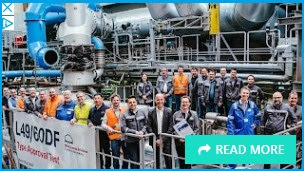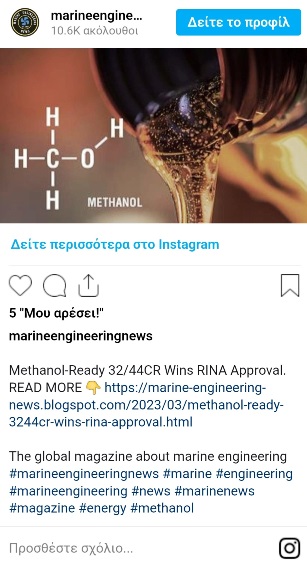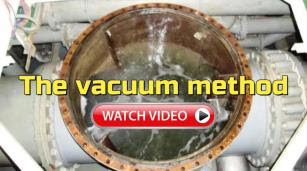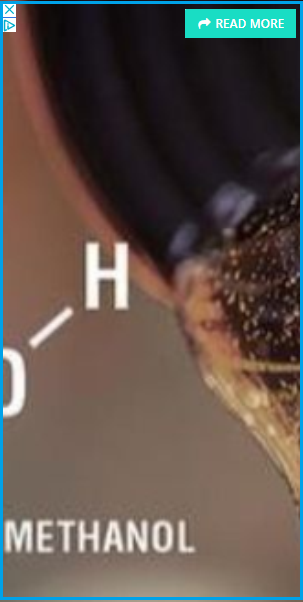Artificial intelligence (Al) methods and machine learning (ML) models have demonstrated their ability to optimize, model, and automate critical water and wastewater treatment applications. In addition to providing computer assisted aid to complex issues surrounding water chemistry and physical and biological processes, artificial intelligence and machine learning applications are anticipated to further optimize water based applications and decrease capital expenses. Poor data management, low explainability, poor model reproducibility and standardization, as well as a lack of academic transparency are all important hurdles to overcome in order to successfully implement these intelligent applications. Recommendations to aid explainability, data management, reproducibility, and model causality are offered in order to overcome these hurdles and continue the successful implementation of these powerful tools.
The Internet of Things.
The Internet of Things (IoT) in water applications often includes internet enabled systems equipped with pressure sensors, flow sensors, and water quality characteristic sensors. The intent is typically to exchange data with other connected devices or networks over the life and duration of the sensor or other technology, often for system optimization, transparency or ease of use. The IoT creates a cooperative network of data collection that can be stored locally or offsite without a human ever physically needing to take the data themselves or operate the physical object. As such, the long lasting function and life of the connected device must be maintained.
Smart sensing technology.
Smart sensing technology can be related to the Internet of Things, but often represents a broader breadth of systems that do not need to be defined by their collectiveness and can also include stand-alone or isolated systems and sensors. To achieve the designation of smart sensing technology, the sensors must have some function beyond their general sensing abilities , which is generally achieved through an actionable decision or automation. Artificial intelligence and machine learning techniques have been studied in the following water and wastewater treatment applications.
Ads Sponsored by Yllix Inc
Chlorination and Disinfection By Product Management.
Disinfection in a water and wastewater treatment plant is the process by which microorganisms and viruses are killed or inactivated, mainly with chlorine based disinfectants. While chlorination is effective as a disinfectant, it also poses human health hazards. Beyond its ability to cause acute toxicity in humans, chlorine is also known to interact with bromide and organic matter naturally found in water systems to form what is known as disinfection by products. Are suspected human carcinogens and reproductive disruptors, and have received increased scrutiny from regulators all over the world. Mainly belong to two larger subcategories: trihalomethanes and haloacetic acids. The entire mechanism behind the formation of disinfection by products in drinking water is not known, making their prediction and mitigation an ideal candidate for machine learning technologies. When learning has been achieved, mitigation through control using AI methods is possible.
Adsorption Processes.
Adsorption processes are generally regarded as both a physical and chemical treatment option for removing a wide range of contaminants and pollutants in both the water treatment and wastewater treatment industries. The process of adsorption involves an exothermic mass transfer surface process that causes the transfer of some target molecule or adsorbate from a fluid to a solid surface or adsorbent, but also often referred to as the sorptive media in the industry. Due to the complexity of the interactions that affect the efficacy of an adsorptive process, it is often difficult for plants to precisely calculate the important parameters and ultimate removals of the adsorption process.
Reducing this complexity would enable a treatment plant to extend a sorptive media’s life and increase a treatment plant’s effectiveness and confidence that it is effectively treating the water according to any applicable rules and regulations. To further optimize the process, researchers have identified models using machine learning to make important predictions for the adsorption process. Machine learning for adsorption processes have the potential to support operator decisions.
Membrane Filtration Processes.
Membrane processes in water and wastewater treatment refer to the separation of contaminants using a barrier or filter. Machine learning techniques for modeling membrane filtration processes seek to output several different variables, commonly including transmembrane pressure, permeate flux, and solute rejection. Inputs that exist in some of these published studies include pH, temperature, contact, filtration time, transmembrane pressure, and flux rate, among many, and more specific, options. Again, due to the range of models testing for different parameters, it is difficult to fully compare the statistical values that many of these studies obtained. Read the continue of the story by visiting the source bellow.
Do not forget to Subscribe to our YouTube Channel by clicking on the red subscribe button bellow:
Enjoyed this post? Never miss out any of our future posts by following us.
Click on the link bellow to get our new posts by email:
Write a comment bellow about what do you think about this topic !
Tell us what do you think about this post. Show us your reaction bellow !




























1 Comments
What is your opinion about Artificial Intelligence in Water Treatment on board ?
ReplyDelete